Currently, Lam Dong province has 7 cultural heritages recognized by UNESCO, 10 national intangible heritages, 3 special relics, 144 historical relics - scenic spots at national and provincial levels; the provincial museum is preserving 112,235 artifacts, antiques, and documents of historical, cultural, and artistic value.
Let's take a look at the three national treasures and two relics and heritages that have just been recognized.
Three national treasures (Dak Son lithophone, Bac Binh Avalokitesvara statue and Po Dam golden Linga) are products of human ingenuity, containing many typical and unique values in history, culture and art. Director of the Department of Cultural Heritage, Associate Professor, Dr. Le Thi Thu Hien emphasized: "These are considered important documents on the history and the formation and development of the prehistoric Central Highlands, the South Central Coast, and the historical and cultural appearance of Champa."
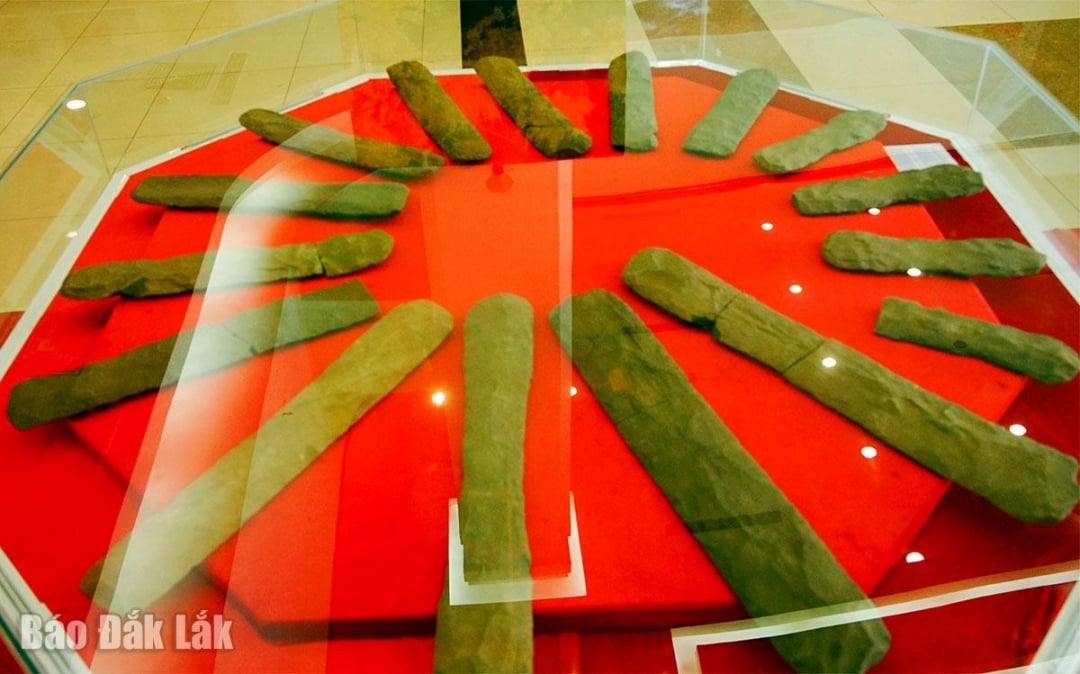 |
| National treasure Dak Son lithophone. |
The Dak Son lithophone was discovered in 2014 in Dak Son village, Nam Xuan commune, Krong No district, old Dak Nong province (now Dak Sak commune, Lam Dong province). The lithophone consists of 16 stone bars (11 intact bars, 5 nearly intact bars, 4 broken bars and 1 broken bar in three), dating back about 3,200 - 3,000 years. The lithophone is a testament to the high level of technique and aesthetics of prehistoric craftsmen and reflects the rich spiritual life of its owner. Associate Professor, Dr. Bui Van Liem, Permanent Vice President and General Secretary of the Vietnam Archaeological Association, affirmed that the Dak Son lithophone "is a unique ancient musical instrument" and "an antique of special value in archaeology, history and culture; a spiritual cultural product, the oldest musical instrument of prehistoric residents of the Central Highlands".
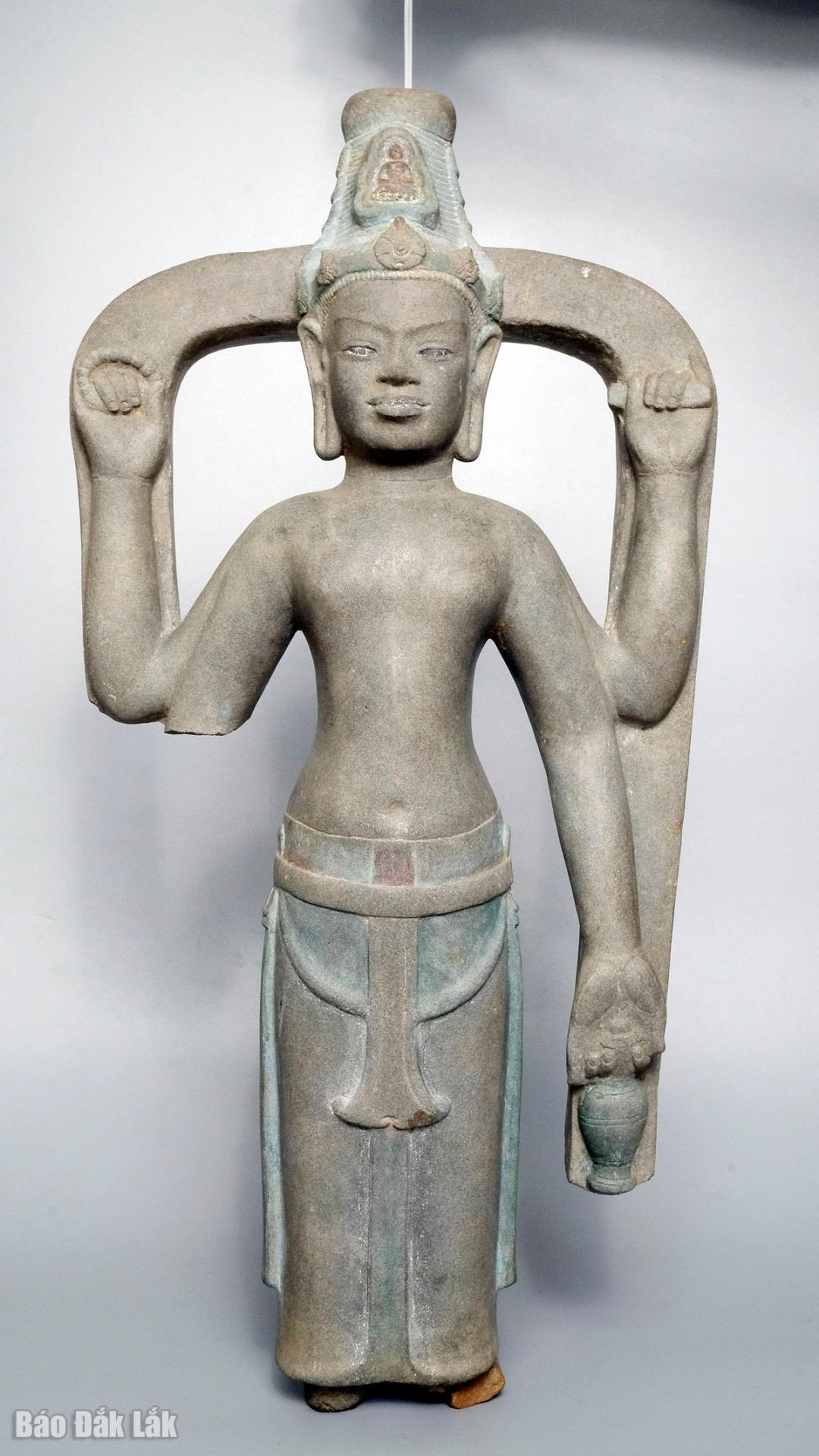 |
| National treasure Avalokitesvara Statue of Bac Binh. |
The Avalokitesvara Statue of Bac Binh was discovered by local people in Phan Thanh commune, Bac Binh district, old Binh Thuan province (now Thanh Khiet village, Hong Thai commune, Lam Dong province) before 1945. The Avalokitesvara Statue is made from fine-grained sandstone (a type of small-grained granite), has a dark gray color, is 61 cm high, weighs 13 kg; and dates back to the 8th - 9th century. The Avalokitesvara Statue possesses all the characteristics of Champa sculpture and is a valuable document on the history of art - religion - culture, connecting the visual art style of the 8th century with the 9th - 10th century (Tra Kieu, Dong Duong art style). With its own uniqueness, the Avalokitesvara Statue also demonstrates the process of cultural exchange and acculturation between India and Southeast Asian countries in the first millennium AD.
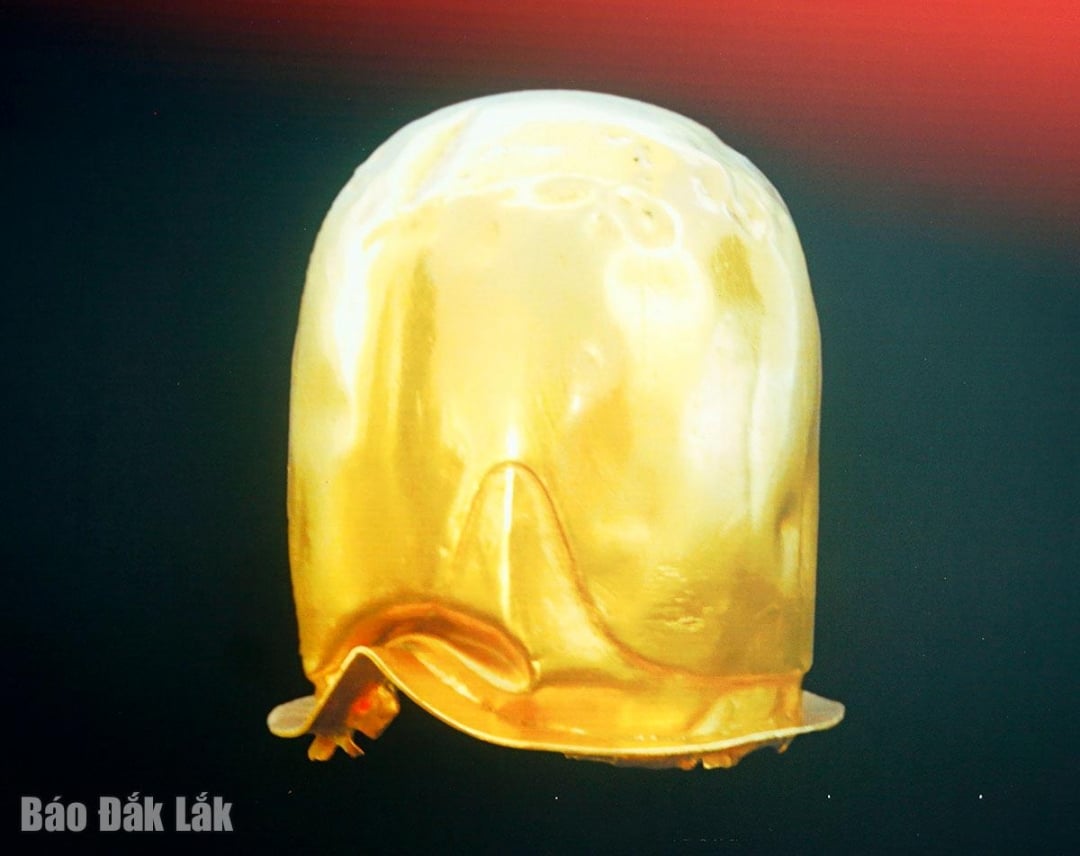 |
| National treasure Golden Linga Po Dam. |
The Po Dam Golden Linga was discovered in 2013 at the Po Dam Tower Cluster relic in Phu Lac commune, Tuy Phong district, Binh Thuan province (now Lien Huong commune, Lam Dong province). The linga is 6.6 cm high, the body diameter is 5.35 - 5.49 cm, the rim diameter is 5.8 - 6.0 cm and the weight is 78.36 gr. The linga is mainly made of gold (90.4% content), the rest is silver 9.05% and copper 0.55%. The age is determined to be around the 8th - 9th century. Researchers affirm that the Po Dam Golden Linga has a unique design, manufacturing technique, art and size to this day. The treasure is a unique, original, rare artifact, carrying many values about Cham history and culture.
National Monument and Scenic Spot of C3-C4 Cave is located in the Nam B'Lang volcanic cave system in Nam Da commune, Lam Dong province. Formed from lava flows, C3-C4 Cave dates back to about 689,000 - 199,000 years ago. The total length of the cave is 967.8 m, of which C3 is 716.3 m long and C4 is 251.5 m long. C3-C4 Cave is one of the most beautiful caves with unique geological structures, further enhancing the value of the longest cave system in Southeast Asia in the Dak Nong UNESCO Geopark. The cave has great value in terms of history, culture, tourism and research. Associate Professor, Dr. Tran Tan Van, senior expert of the UNESCO Global Geoparks Network, commented: “Dak Nong UNESCO Global Geopark is one of the rare geoparks in the world that fully converges the following elements: unique geological heritage, rich indigenous culture and a community of residents deeply attached to the heritage.”
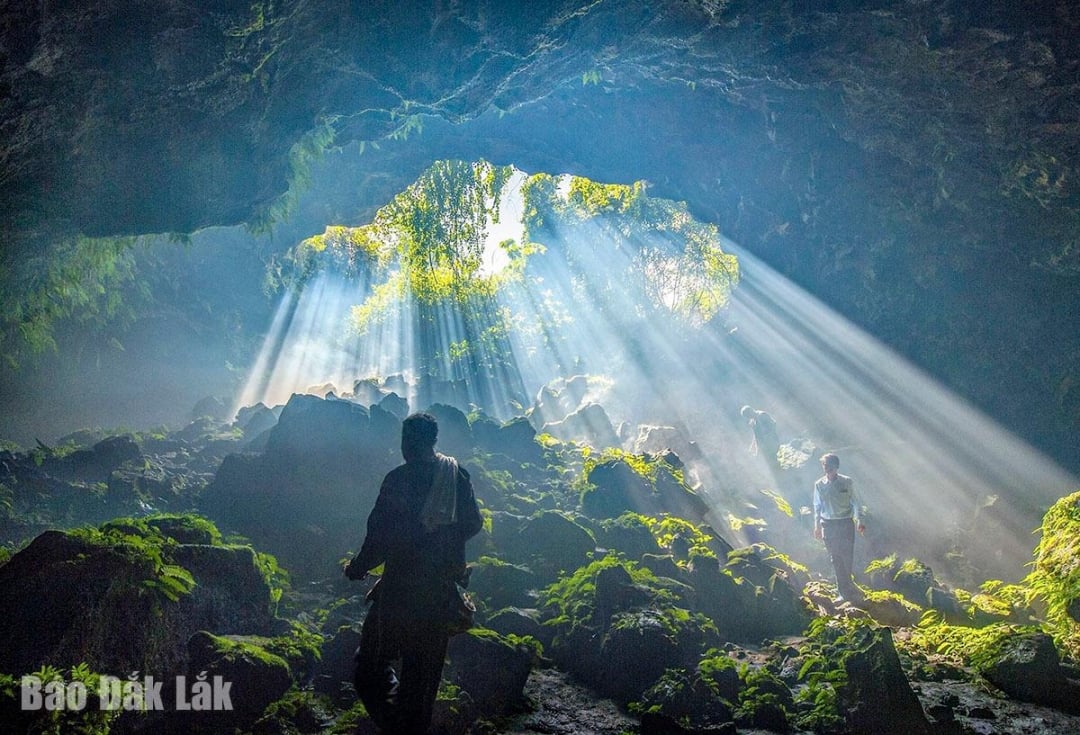 |
| National scenic spot C4-C4 Caves together form the longest cave system in Southeast Asia in the Dak Nong UNESCO Geopark. |
As a national intangible cultural heritage, Tam Blang M'prang Bon Festival is a festival of offering bon fences and planting trees, imbued with the cultural identity of the M'nong people. Tam Blang M'prang Bon Festival was born from the legend of the M'nong Preh people. "Blang" is a cotton tree, considered a sacred tree because it protects people when they encounter dangers. Therefore, every year, people organize a festival of planting Blang trees to hope for a peaceful, happy and long-lasting life like the vitality of the Blang tree. During the festival, the M'nong people use the Blang tree as a ceremonial pole. The space of gong culture echoes, resonates, fascinates and fills around the "god" Blang throughout the length and depth of the festival.
National treasures, relics and national heritages are the affirmation of the richness from the deep history of a land. They are priceless assets that leave to future generations pride and remind them of the responsibility to preserve and promote their special values well and correctly.
Source: https://baodaklak.vn/van-hoa-du-lich-van-hoc-nghe-thuat/202510/giau-dep-tu-tham-sau-lich-su-9580248/



![[Photo] Flooding on the right side of the gate, entrance to Hue Citadel](https://vphoto.vietnam.vn/thumb/1200x675/vietnam/resource/IMAGE/2025/10/28/1761660788143_ndo_br_gen-h-z7165069467254-74c71c36d0cb396744b678cec80552f0-2-jpg.webp)
![[Photo] National Assembly Chairman Tran Thanh Man received a delegation of the Social Democratic Party of Germany](https://vphoto.vietnam.vn/thumb/1200x675/vietnam/resource/IMAGE/2025/10/28/1761652150406_ndo_br_cover-3345-jpg.webp)
![[Photo] Draft documents of the 14th Party Congress reach people at the Commune Cultural Post Offices](https://vphoto.vietnam.vn/thumb/1200x675/vietnam/resource/IMAGE/2025/10/28/1761642182616_du-thao-tai-tinh-hung-yen-4070-5235-jpg.webp)


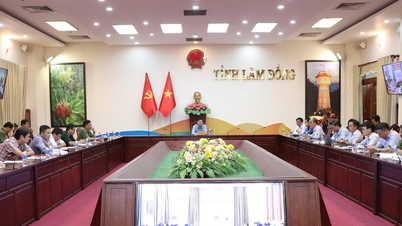



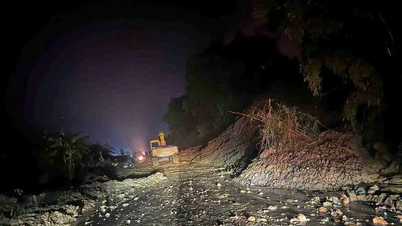

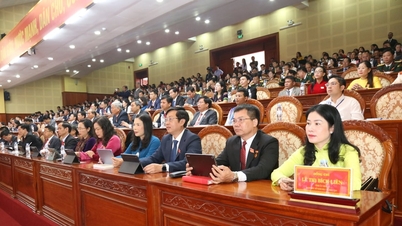





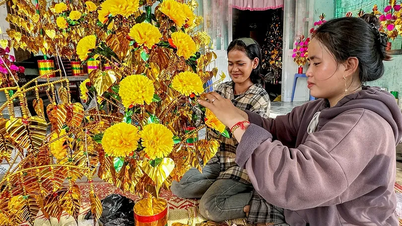

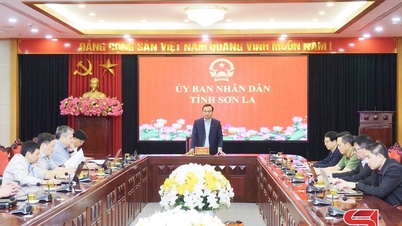









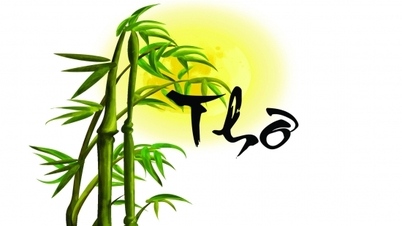
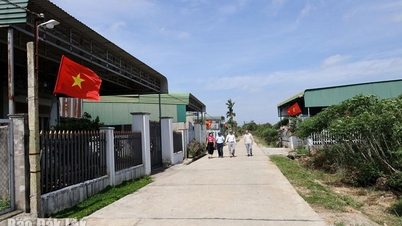
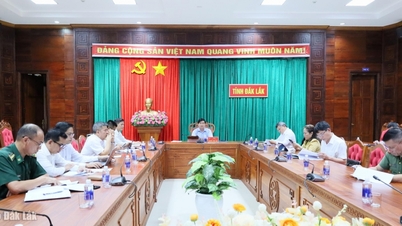


![[Photo] President Luong Cuong attends the 80th Anniversary of the Traditional Day of the Armed Forces of Military Region 3](https://vphoto.vietnam.vn/thumb/1200x675/vietnam/resource/IMAGE/2025/10/28/1761635584312_ndo_br_1-jpg.webp)





















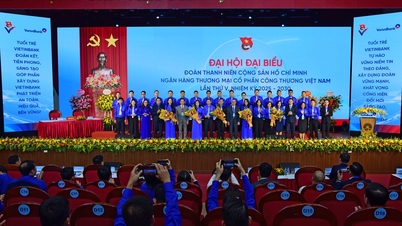
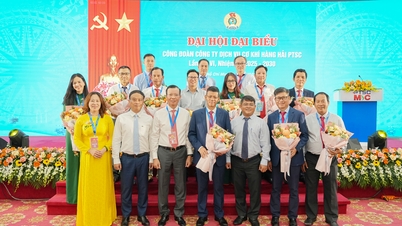

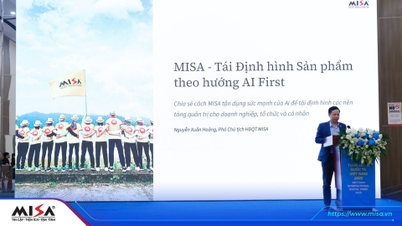







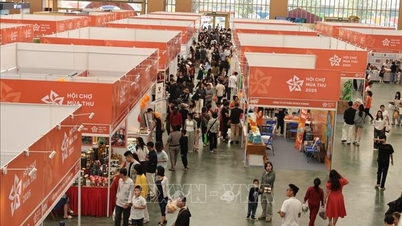

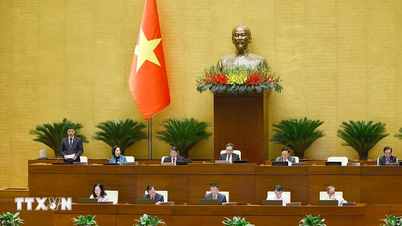

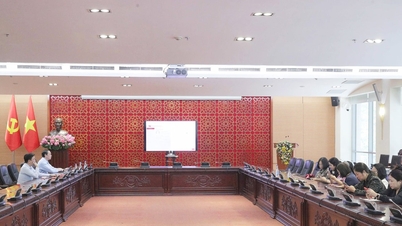

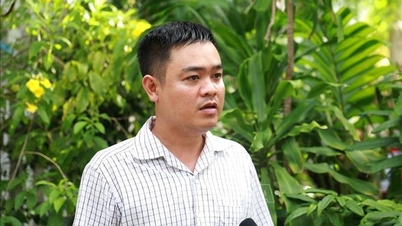







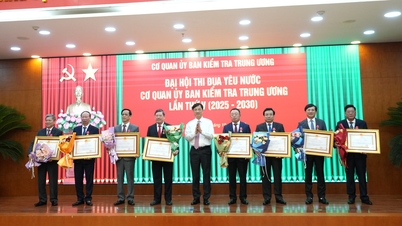







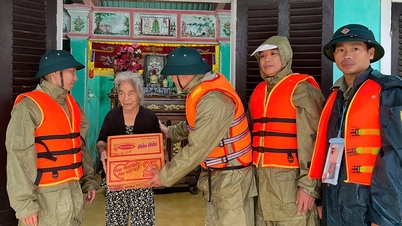



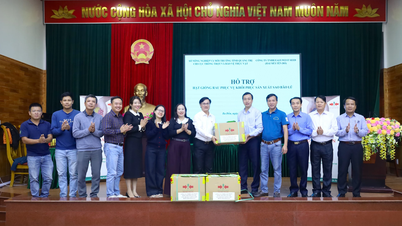













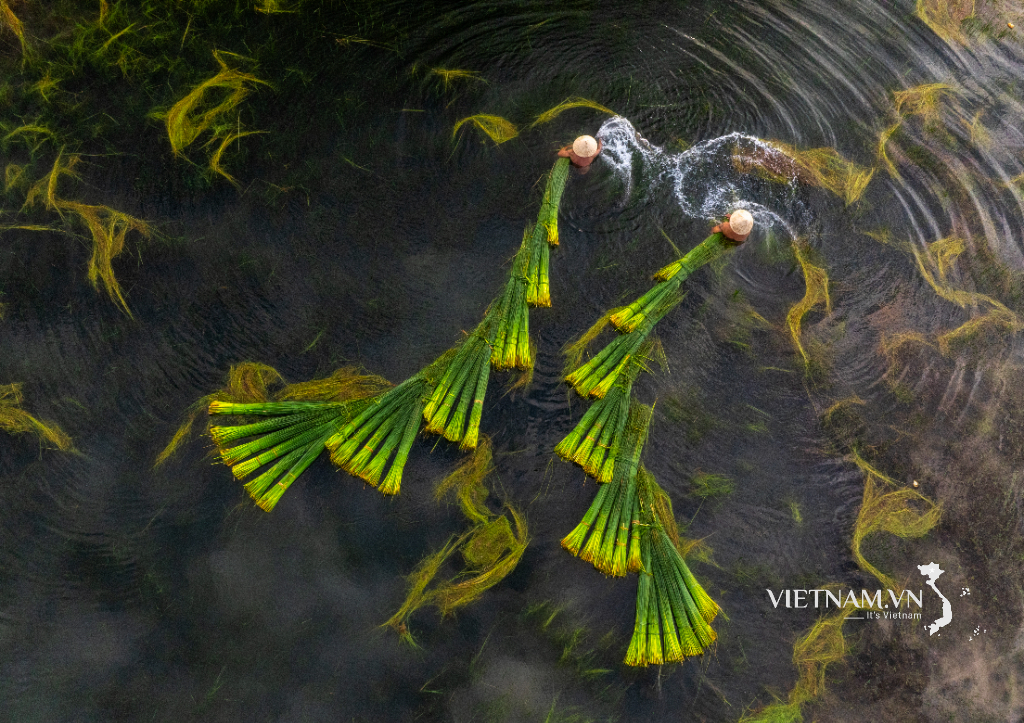


Comment (0)